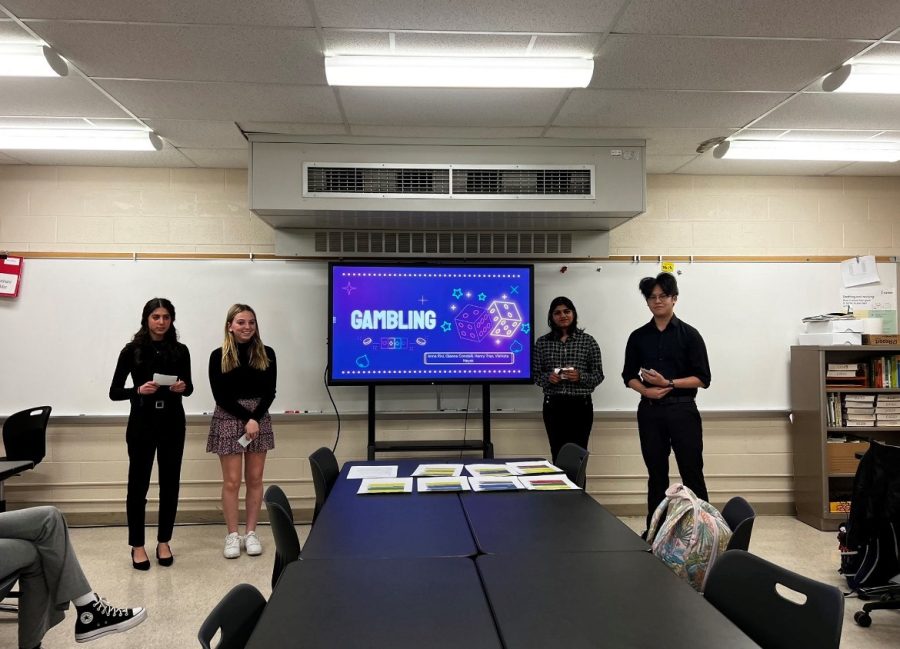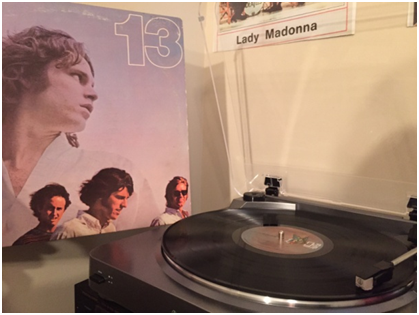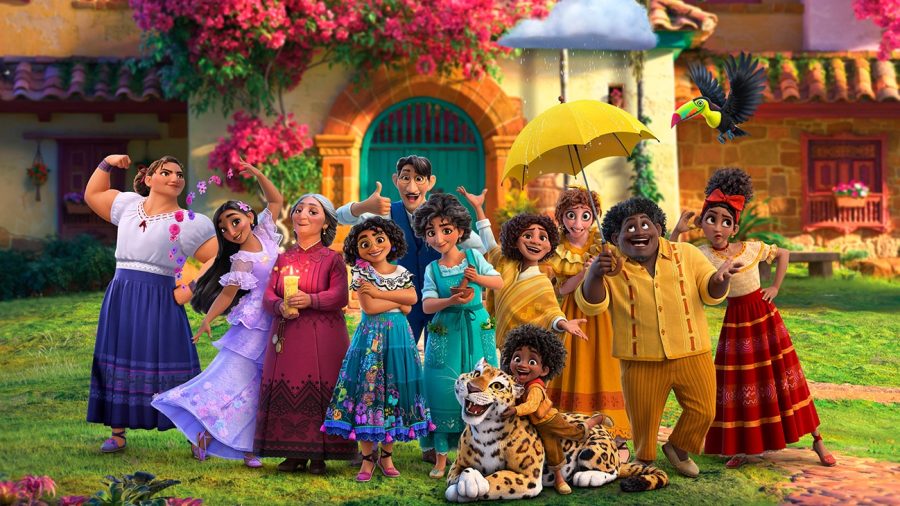Female athletes endure pay gap
Rex Shutterstock/Zuma Press/TNS
Serena Williams of the United States with the trophy after winning the women’s final at the Wimbledon Tennis Championships at the All England Lawn Tennis and Croquet Club in London on Saturday, July 9, 2016. Williams defeated Germany’s Angelique Kerber, 7-5, 6-3.
October 27, 2016
Gender inequality is occurring in every sport for female athletes and the pay gap between men and women sports is becoming outrageous.
It’s mind boggling how female athletes don’t get the same amount of pay that male athletes do. It’s not like men are working ten times harder than women because in the end, both are playing a professional sport. If they weren’t hard workers and didn’t have the talent, they wouldn’t have made the team.
So what makes men deserving of a higher pay?
The answer is nothing. Just look at the U.S. Women’s soccer team, the reigning world cup champions and according to Newsweek each player’s maximum salary is only $37,800. Whereas the men’s team has never won a world cup and yet each player makes an average of $305,809.
Not only is the difference in players’ salary between men and women huge, but the women’s national team also receives no extra pay for playing additional matches. While, Newsweek states the men’s team earns between $5,000 and $17,625 for each match beyond 20.
Tina Monastero, a female athlete and a gym teacher at Mayfield High School, describes her views on the pay gap in soccer. She said, “I don’t think it’s fair especially when I look at the soccer teams and the disgruntle between the two and how the payment is, especially when the females have more success.”
An article from Newsweek also shows the pay gap in professional basketball. John Walters wrote, “The league minimum in the NBA this season is $525,000. The WNBA league minimum last summer was $38,000.”
We all know that the NBA is more televised and has more viewers than the WNBA but that is still no reason for the immense wage gap between the two leagues.
Some say that because men’s sports get more views, they deserve more money than women.
Dr. Raina Brands, an assistant professor of organizational behavior at London Business School told Newsweek, “Men draw bigger crowds, therefore they’re worth more to us, so they get paid more—but then, men’s sports are given more coverage, so it becomes a self-fulfilling prophecy. If we don’t cover women’s sports, they don’t become as popular and we can justify paying the competitors less.”
Brands couldn’t be more right, because people can say all they want about how men get more views, but in the end companies pay more to have coverage on those sports.
For example, Turner Sports pays the NBA $2.6 billion for the NBA’s games to be televised, whereas ESPN only pays the WNBA $12 million for rights fees.
It’s unacceptable that people are paying billions of dollars for coverage of men’s sports but only millions for women. I’m not saying that we need to whip out our checkbooks and start expending billions of dollars on women’s sports, but the spending needs to even out.
The pay gap for male and female sports could be a direct cause of lack of equal coverage for male and female sports. So the answer to eliminate the gap is simple: make coverage equal.
Unfortunately, it’s not that easy because nobody is going to want to spend money on covering women’s sports if they don’t even want to pay female athletes a higher salary.
A recent article from Fusion also explains how low coverage is affecting the pay of female sports. Taryn Hillin, a writer at Fusion, said, “Without coverage there is less name recognition, and without name recognition there are fewer sponsorships.”
Most of the money that female athletes make is from sponsorships because the organizations like the WNBA, LPGA, and the U.S. women’s national soccer team don’t have a high maximum salary like the men’s organizations do. That said, women now have to fend for themselves to make money.
As a female athlete it makes me very angry and upset when I notice extremely talented and hardworking women not being given the pay they deserve. When instead the money is being given to men who already have many opportunities to make it.
We’ve definitely made progress with gender equality in sports but we are still miles, or should I say millions, away from closing the wage gap for good and that will always be unforgivable.






















































